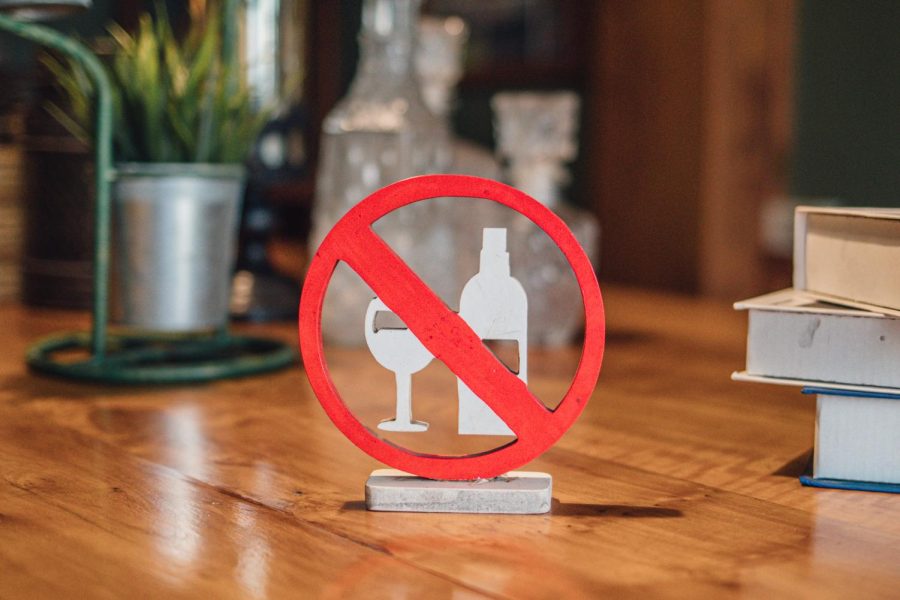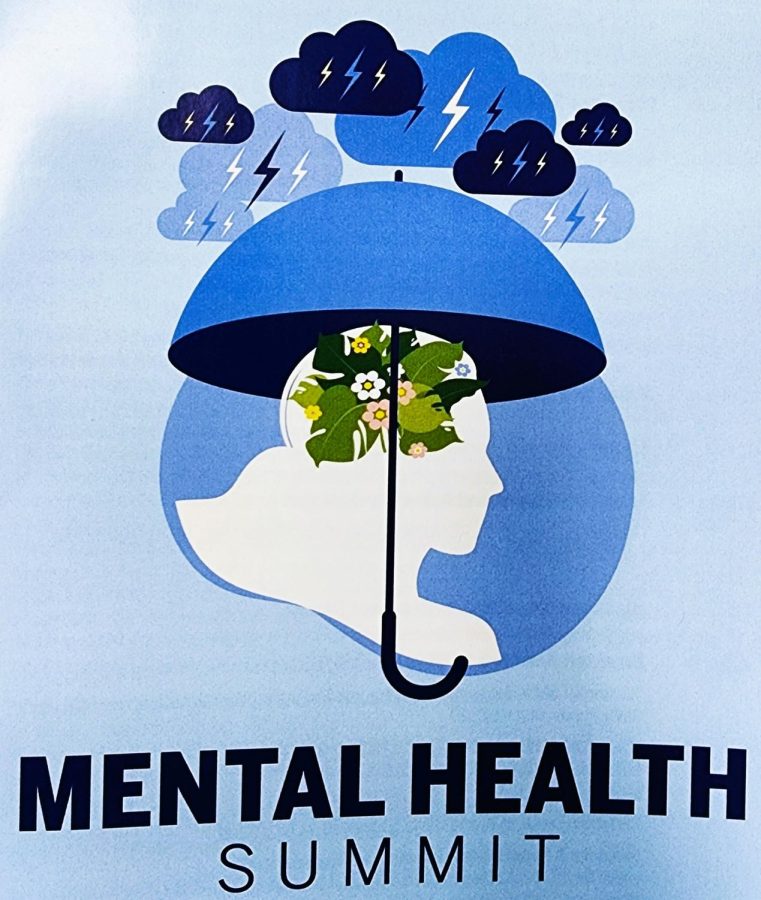As the year comes to a close, the hours of daylight are overcome by darkness.
The number of daylight hours continue to shrink until Dec. 21, the shortest day of the year.
It gives an extra hour of sleep for a few days; however, the daylight saving time change can mean the onset of Seasonal Affective Disorder.
Seasonal Affective Disorder, commonly known as SAD, is a seasonal depression that is more prevalent in people living farther from the equator.
SAD is triggered by the decrease in the hours of daylight, meaning people suffering with SAD are more likely to begin to feel their symptoms jump-start when the time changes in the fall.
SAD affects approximately 6 percent of the U.S. population, while 14 percent experience a mild seasonal mood change, according to the U.S. National Library of Medicine.
Aundrea Schade, marketing and management senior, said she experiences seasonal depression as the days get shorter.
“You don’t really see the sun,” Schade said. “I’m not social [during this time] and just want to stay in my own bubble. During the summer, I play sports and go to parties. In the winter, I’m not myself.”
While a person may feel the symptoms of depression — feelings of sadness or hopelessness, changes in appetite, decrease in ambition or lost interest in things once enjoyed — it can easily be overlooked as a normal sadness, Lucinda Woodward, assistant professor of psychology, said.
“Some people go to the doctor and are diagnosed with SAD. Some people brush it off as the winter blues. It just depends what label you put on it,” Woodward said.
She said people self-diagnose their sadness because in developed nations shame accompanies admittance to emotional disorders.
Therefore, people do not acknowledge their symptoms as a deeper issue.
“I think this is more common than we think,” Woodward said. “There are people diagnosed, but there are also people that accept it and suffer through because it’s temporary.”
Woodward also said there may be people living closer to the equator that have SAD but never experience symptoms because where they live is not conducive to the disorder.
She said a balance in daylight and darkness is optimal for preventing symptoms.
For students at IU Southeast, however, a balance of light and darkness achieved by moving closer to the equator is not always an option.
Students suffering with SAD must look to alternatives.
“There are days I don’t want to go out, but I make myself,” Schade said. “I do my hair. I do my makeup. I do it because I have to, not because I want to.”
Schade said she realizes this might not work for everybody who is suffering, but for her, it gives her the jump-start she needs to get going.
Students may suffer from a decreased ability to concentrate and focus.
This can have a negative impact on social interactions and success at work and school, Michael Day, IUS personal counselor, said.
Day said that being active is usually the most helpful way to overcome symptoms of SAD.
“I would suggest appropriate emotional action,” Day said. “Do what is most helpful. Go do things, exercise. The more you give into the feeling, the more it affects you.”
Katy Wilson, general studies junior, said scheduling is the biggest obstacle with her seasonal symptoms.
“The hardest part is finding the time to take care of myself,” Wilson said. “I know what I need to do to help myself when I get down, but with school and the holidays, it’s difficult to carve out any time for it.”
A diagnosis is commonly given after a conversation with a doctor, psychiatrist or psychologist, Day said.
However, he said, it might be years before a person is officially diagnosed with SAD, because they have to track the pattern of the symptoms to verify the shift with the seasons is the cause of the disorder.
“Because school is a seasonal activity, we can see the shift in students,” Woodward said. “At the start of the semester, particularly the fall semester, students start out gung-ho. By the end, they are less motivated and miss class more often.”
A short-term solution to this problem is to be aware and respond by seeking treatment, Woodward said.
“Light therapy is used as one treatment,” Woodward said. “This is a full spectrum light that a person would sit near for 15 minutes or so a day. It helps with vitamin D and mood.”
While light therapy is effective for some people, it is necessary to be cautious because too much exposure can lead to reverse symptoms, Woodward said.
“Overuse can stimulate you, make you more jittery, cause insomnia and depress the appetite,” Woodward said.
Reverse symptoms are actually symptoms from the reverse of the common SAD.
People suffering from reverse SAD feel their symptoms when the days are longer, Woodward said.
However, Woodward said, this is much less common.
“I realize that on nicer days I am happier, and I feel the general public is happier, too,” Schade said.
There is no way to rid oneself of the disorder completely. However, anti-depressants, light therapy and speaking with a counselor may be ways to alleviate the pain, Day said.
“The best home remedy is exercise, meditation and spirituality. These are very helpful in fighting depression,” Day said.






